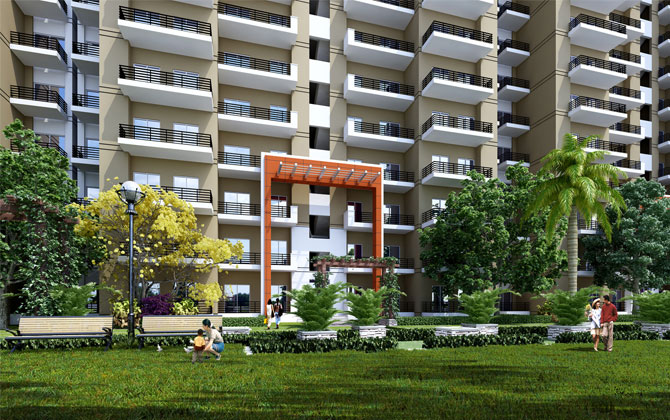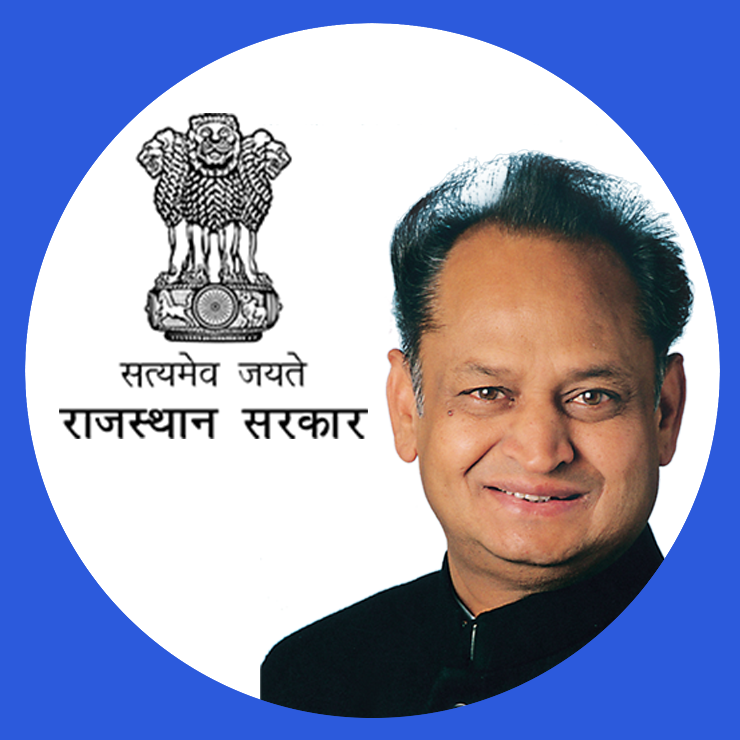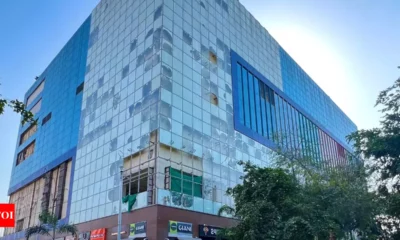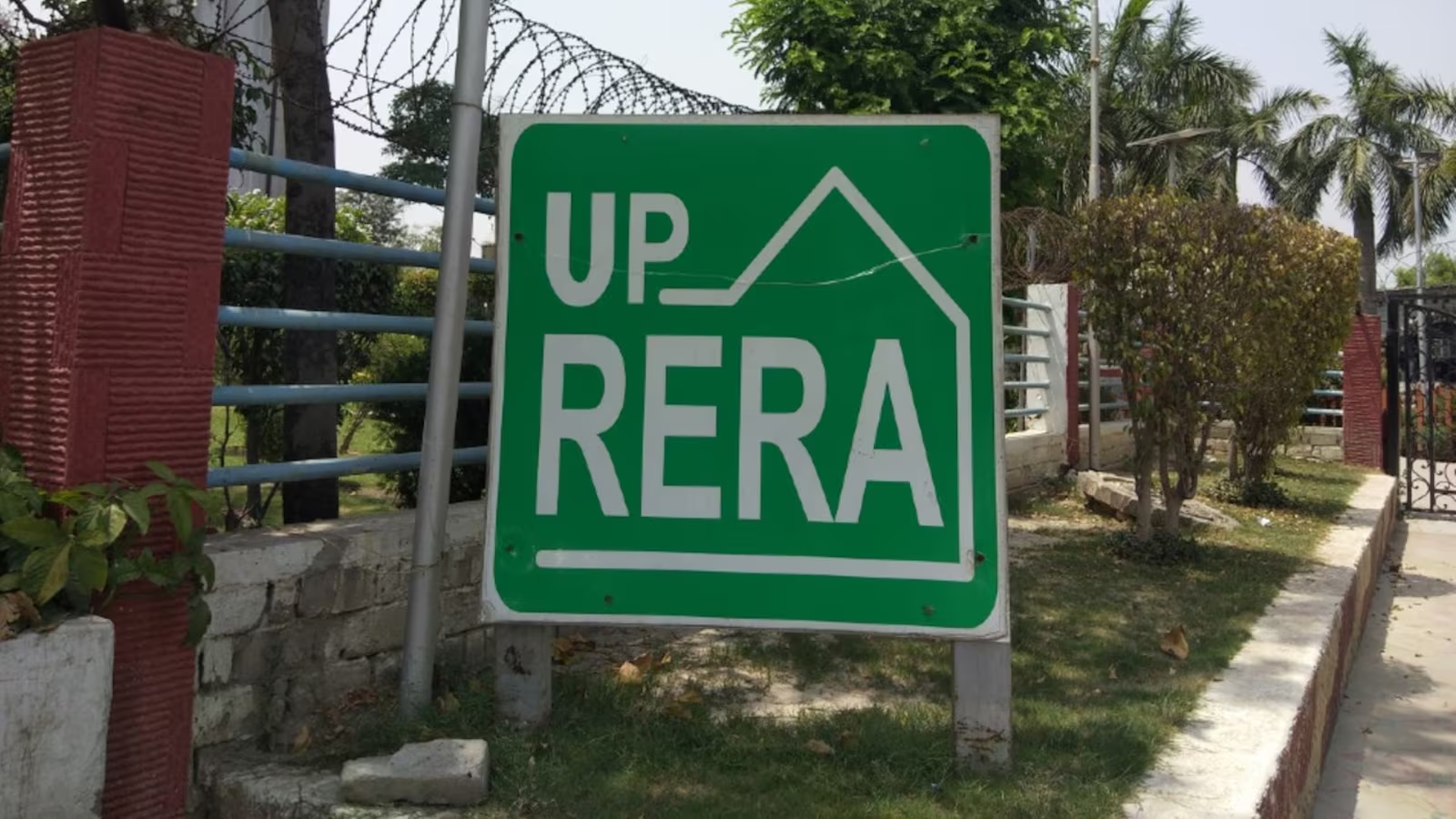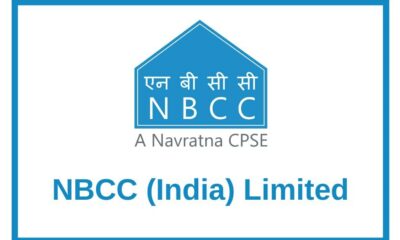Interviews
Housing for all: Dr. Girija Vyas
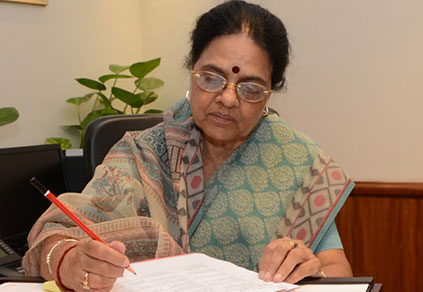

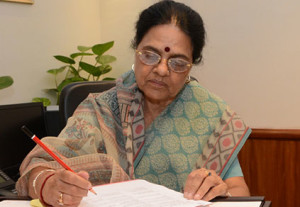

glimpse of her multifaceted personality, the dreams and aspirations she carries to
her present job.
Last month as flash floods hit the hilly state of Uttarakhand, millions witnessed a never ending saga of death and despair. The apocalyptic scene of concrete houses falling like a pack of cards into the ravaging Ganga, not only brought the sleepy town out of its slumber but also brought us face to face with the harsh reality of rampant urbanization and exploitation of the nature.
Ruthless mining, haphazard construction, rise of unauthorized colonies and blatant disregard of building rules and norms not only pose a question about structural safety of buildings but also emerge as a threat to nation’s progress. With sustainable development becoming both a challenge and an objective, it’s time we acknowledge the root cause of this kind of catastrophe and work towards building a more sustainable and resilient future.
Against this backdrop, the role of Dr Girija Vyas, who recently took charge as country’s new Minister for Housing and Urban Poverty Alleviation assumes a great importance. With a promise to work hard towards urban poverty alleviation, bring about affordable housing and sustainable development, the future surely looks promising.
As a firebrand leader from Rajasthan, Dr Vyas has held many important posts in the past including that of the chairperson of National 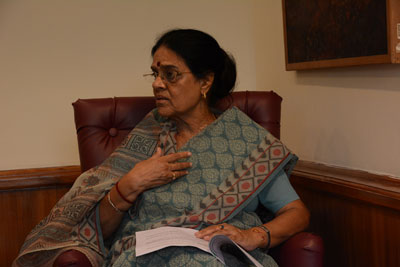

In her role as a Minister of Housing and Urban Poverty Alleviation she plans to provide affordable housing , help in livelihood support for the poor in urban areas and accord top priority to Real Estate (Regulation and Development) Bill, Street Vendors (Protection of Livelihood and Regulation of Street Vending) Bill, Rajiv Awas Yojna (RAY) and National Urban Livelihood Mission (NULM).
In a candid interview, Dr Vyas opens her heart about flood ravaged Uttrakhand, her selfless service as a social worker, the need to adopt sustainable practices and her three immediate priorities as Minister, Housing and Urban Poverty Alleviation.
Q. Congratulations for the new responsibility entrusted to you. Poverty alleviation is okay… but being an author and poet, how do you feel in the concrete portfolio of housing?
GV: Thank you very much for your wishes. For me, any portfolio is equally important and so far I have had diverse portfolios. Before the Housing Ministry, I was in the Ministry of Information & Broadcasting and Chairperson Women’s Commission .In my earlier years in the Government of Rajasthan, I was a Cabinet Minister having 13 departments. Being an author and poetess, one has to have dreams, vision and empathy .This new portfolio will provide me an opportunity to give shape to my dreams and empathy for the poor and deprived section of society.
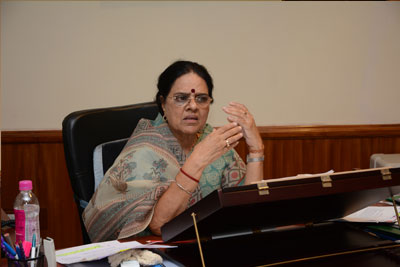

Her academic pursuits did not stop her from dabbling in the affairs of the university where she was the General Secretary of the Students Union from 1963-65.Having started her professional career as a teacher she soon left for an overseas assignment. The University of Delaware benefited from Udaipur’s loss. Like most of Udaipur’s gritty progeny the good doctor went overseas only to return to the great city with new found knowledge and experience.
Like most of the right-thinking youngsters of her generation Dr Vyas was also inspired by the secular politics of the era as well as the firebrand leader of the Gandhi- Nehru era. She joined the Indian National Congress in 1985 and was soon elected MLA to represent her city in the Rajasthan Assembly.
Ever since her initial days as a minister in the Government of Rajasthan , she has untiringly worked for the upliftment of the downtrodden and the same spirit can be seen in her today as well. The recent tragedy in Uttarakhand focused the world’s attention on the plight of the hapless peasants, tourists and locals. The minister was right in the centre of relief and rehabilitation work…
Q. I would like to commend your decision of giving a day’s salary of the ministerial staff to the Uttarakhand Relief Fund. What measures do you plan to take for relief and reconstruction?
GV. The Ministry plans to tackle the issue at four different stages from the immediate to the long term. Special grants under the Rajiv Awas Yojana (RAY) to reconstruct and rebuild all the houses falling under the urban areas including notified area committees will be provided. Faster, economically durable and earth-quake resistant technology will be introduced. The local youth will be trained for reconstruction using funds to the tune of Rs15 crore under the Swarana Jayanti Shahari Rojgar Yojana (SJSRY).
The Building Material and Technology Promotion Council (BMTPC) will build model houses to demonstrate the new technology on the above lines. At Chamoli, Uttarkashi and Rudraprayag 100% grants in aid for the construction will be given by BMTPC. Lastly long term soft loans, to the tune of Rs 3000 crore for a period of 20 years will be provided to the local bodies to rebuild the infrastructure such as roads, flyovers, water supply, sewerage, sanitation , etc in the affected areas.
Environmental degradation, faulty planning, lax building laws and poor implementation by the ineffectual local bodies have been held 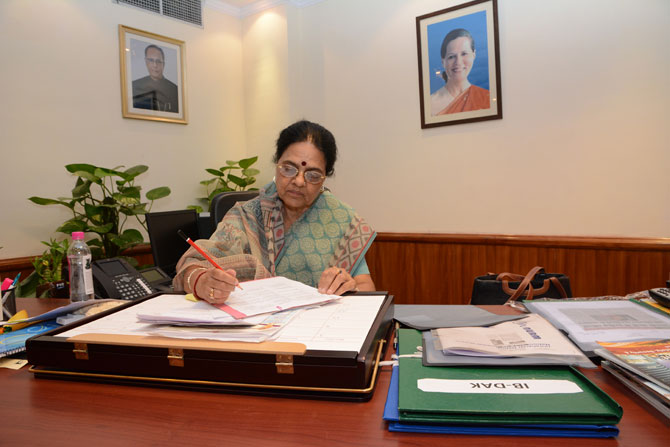

Q. Do you think housing projects are the culprits of this disaster?
GV. No, I do not think it would be fair to hold housing projects alone as responsible for the disaster. This was a natural calamity which could happen anywhere at any time. However, since the beginning we have strongly advocated that houses should not be constructed in rivers and nullah beds. Good planning norms should always be observed to avoid such catastrophe.
Q. What kind of role private builders can play in reconstruction?
GV. Private builders can play a major role in reconstruction of the devastated areas. I appeal to each and every one including private builders to be generous and come forward for rebuilding Uttarakhand.
Q. Are you seeking any industry support for reconstruction?
GV. India is a democratic country, where you must be aware that whenever there has been a natural calamity all of us have risen above the narrow vision, and in the instant case of Uttrakhand, the whole country is with the Government of Uttarakhand for reconstruction and redevelopment of the state.
Q. Almost no new housing projects are coming in the metros. People working in places like Delhi have to opt for far-flung place for housing. Any plans to make more housing available in metros?
GV. In the metros, the land is scarce and that is the reason the projects are coming in neighbouring areas of metros like NCR of Delhi, 

With issues of urban poverty close to her heart, the minister on assuming office made clear that she and her ministry officials will make most of the short time available before the tenure of the UPA II comes to an end in less than a year or so. Recognising that housing is one of the main problems for the poor, she plans to work with the state government to make affordable housing available to the urban poor.
Through the Ministry of Housing and Urban Poverty Alleviation, she also plans to livelihood support for the urban poor. Having dealt with such issues concerning women for many years, Dr Vyas understands the plight of the women and has her agenda clear; that of making affordable housing available to underprivileged divorced women in future.
The minister is also clear about making all efforts to ensure tabling and passage of the Real Estate (Regulation and Development) Bill which aims at bringing more transparency and fairness in the real estate transactions. The Bill has been approved by the Cabinet and is likely to be moved in the parliament in the monsoon session. Let us see what Dr Vyas has to say about the Bill and making most of her short time before the elections take place:
Q. Elections are hardly a year ahead. You have little time in this tenure. What are your top three priorities as housing minister?
GV. As a minister working for the people, I do not believe in years and months but believe in hours and that is why the day I assumed charge of Ministry of Housing and Urban Poverty Alleviation, I have instructed all my officers to ensure that they work in the time-bound fashion. I am happy to say that the majority of my officers in the Ministry are working tirelessly to ensure that our objectives are met.
As Minister I’ve accorded top priority to affordable housing for all, skill development of the urban poor and protecting the interest of consumers and all stakeholders through Real Estate (Regulation & Development) Bill, 2013.
Q. Forget the passage, do you honestly think you will be able to even table the Real Estate Regulator Bill in Parliament?
GV. Indeed, we shall be able to table the Real Estate (Regulation & Development) Bill, 2013 in the coming session of Parliament in the interest of all sections of society, including the private sector and long term win –win to all the stake holders.
Q. Don’t you think Food Security and other issues will push the Bill to the backburner? What will you do to promote affordable housing?
GV. I think the time has come when people have started understanding the need of affordable housing. ‘roti’, ‘kapada’ and ‘makaan’ being the three essential things for survival of any human being the provision of all three elements assumes great importance. If on one hand the Food Security Bill will provide ‘roti ‘to all the citizen of the country the RAY will provide affordable houses to all the urban poor. In fact, the Food Security Bill and RAY will complement each other and will become ‘game changer’.
It is often noticed that with rapid urbanisation comes the more serious problem of rise in growth of urban homeless and unbridled expansion of the slums. The housing shortage in the country is estimated at 18.78 million units, of which 96 per cent shortage has been reported in the economically weaker section and lower income group category.
The last two decades, having witnessed a majority of the houses being built and purchased by the growing upper and middle classes, the poor segments of the society were left behind , especially in the LIG and EWS categories.
Calling for a strong action, Dr Vyas feels that not only is there an urgent need to focus the policy and programmes of the central and the state governments towards inclusive and sustainable urban development, but also a need to build strong public private partnership to foster the affordable housing growth for the urban poor.
Q. As per one estimate, the shortage of housing in country is around 19 million units. How do you plan to bridge this?
GV National Buildings Organisation (NBO) under my Ministry has calculated that housing shortage amounts to 18.78 million in the country and you will be surprised to know that 96% of the shortage is in the EWS/LIG category. However, to tackle the shortage we have adopted a multi-pronged strategy which includes RAY for tackling the shortage. We have also planned to involve private sector in a big way for Affordable Housing in Partnership (AHIP) and through Rajiv RinnYojana (RRY) we have increased loan from Rs 1 lakh to Rs 5 lakh with interest subsidy of 5%. Lastly, we have also made necessary changes in the Building Permit Clearance System.
Q. What will you do to promote affordable housing?
GV. To promote affordable housing we have revamped the Affordable Housing in Partnership (AHIP) and will provide Rs 75000 for building a house with an area of 21-27 sq metre. Secondly, we will simplify the procedure in getting clearance from different agency so that time lag and cost escalation are reduced to minimum unavoidable.
Like her predecessor Ajay Maken, Dr Vyas plans to take up realty reforms as a mission and ensure consumer protection and promotion of real estate sector through effective regulation and introduction of speedy mechanism for adjudication of disputes. Considering it to be a pioneering legislation she feels that the Bill will instill standardisation and professionalisation in the real estate sector, thereby catalyzing the domestic and foreign investments.
Q. Do you plan to start any grievance redress mechanism for the consumers?
GV There is a grievance department in the Centre as well as in the states, however, they are not active. We are thinking about making the grievance department more active and pro-people. The process has to become faster and more transparent for effective redressal of the problems and the Bill covers it all.
Q. Do you plan any measure to curb speculation in real estate market? There are people buying multiple houses and putting pressure on the prices?
GV. Yes, there cannot be and there should not be two Indias. The difference between the rich and the poor cannot be so big that one has the access to many rooms and the other not even to have a small shelter to live in. It’s the right of the poor to have a little shelter as well. Therefore, the government has decided that the housing problem should be solved and that’s why affordable housing becomes a very effective planning in that sense.
Q. Any new initiatives that you plan to undertake?
GV. All of what I have decided has been planned and I am very sure that with the help of a dedicated team of my ministry, state governments and private sector, we will be able to achieve the dream of affordable shelter for all.
-



 News3 weeks ago
News3 weeks agoKW Delhi 6 Mall Onboards New Brands
-



 News4 weeks ago
News4 weeks agoManasum Senior Living Launches IKIGAI GOA, A Senior Living Community in North Goa, in collaboration with Prescon Homes
-



 News2 weeks ago
News2 weeks agoGodrej Properties Sells Rs 3k cr+ Homes of Godrej Zenith, Gurugram, within 3 days
-



 News4 weeks ago
News4 weeks agoBridging India Divide: Top 5 Tier- 2 Cities to Focus On
-



 News3 weeks ago
News3 weeks agoCommercial Realty Gets Tech Savvy: Fast Construction, Enhanced Convenience
-



 News4 weeks ago
News4 weeks agoMultipoint Connection – A Definite Boon
-



 News3 weeks ago
News3 weeks agoRBI’s Status Quo on Key Policy Rates to Help Maintain the Real Estate Growth Momentum, Say Industry Stalwarts
-



 News1 week ago
News1 week agoOlive Announces Dhruv Kalro as Co-Founder






